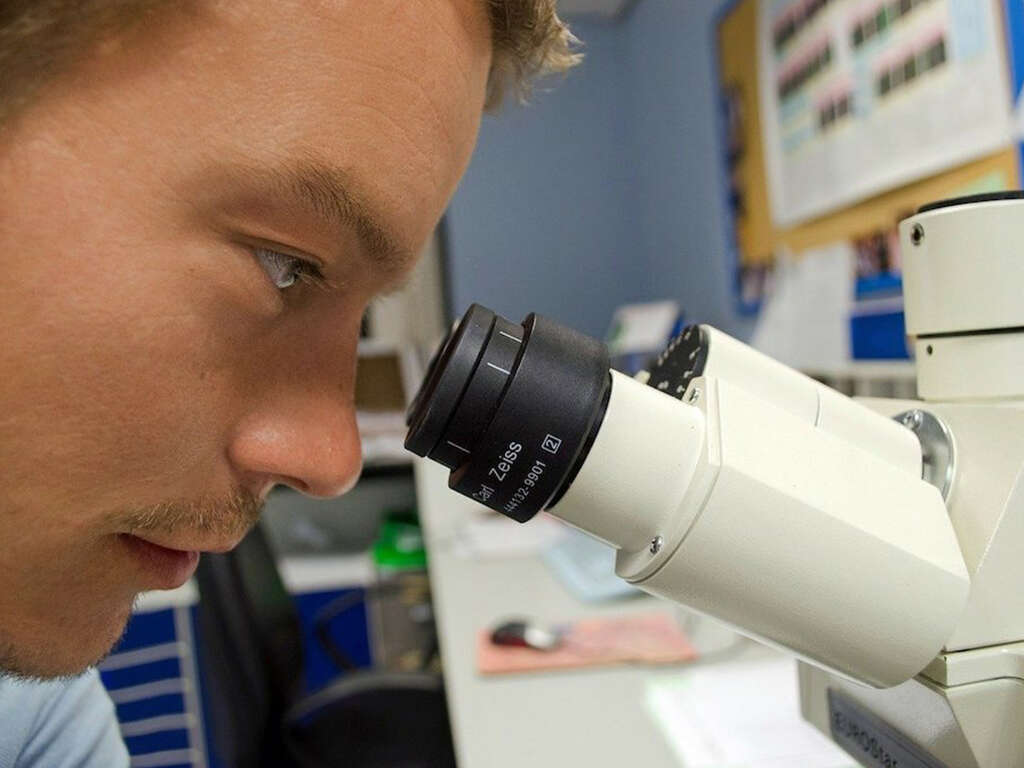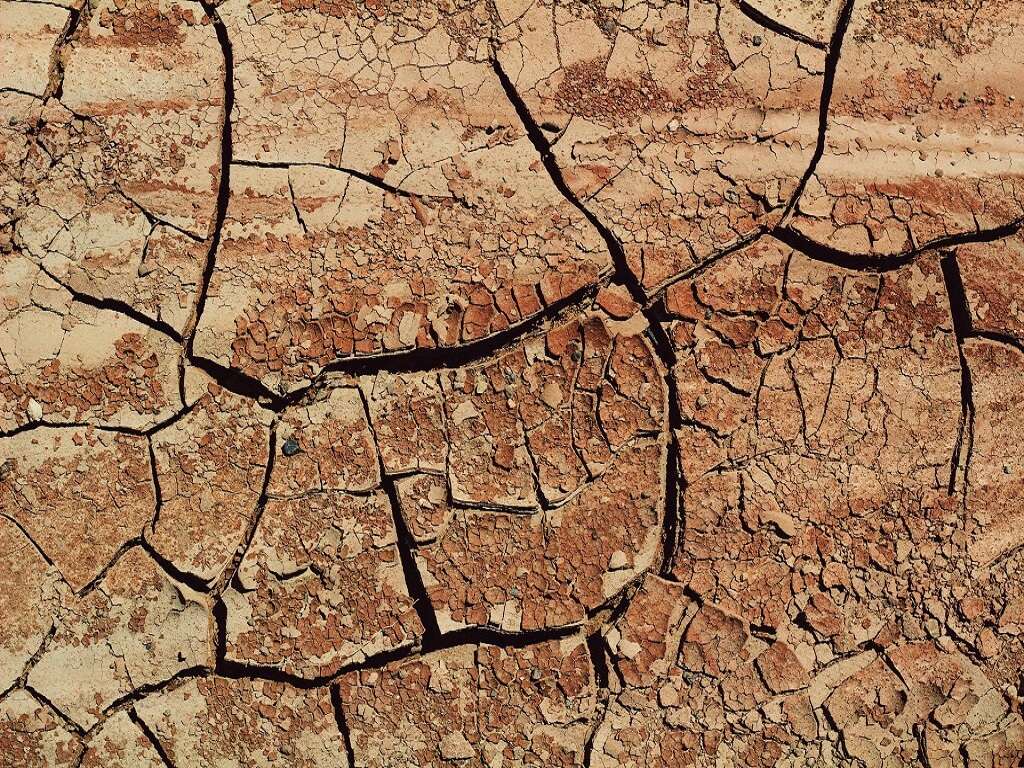10 FAQs About the Hypodermis
 Article Sources
Article Sources
- 1. Yousef, Hani. 'Anatomy, Skin (Integument), Epidermis.' U.S. National Library of Medicine, 27 July 2020, www.ncbi.nlm.nih.gov/books/NBK470464
- 2. Saldana, José Ignacio. 'Macrophages.' British Society for Immunology, www.immunology.org/public-information/bitesized-immunology/cells/macrophages
- 3. Biga, Lindsay M., et al. '5.3 Functions of the Integumentary System.' Anatomy Physiology, OpenStax/Oregon State University, open.oregonstate.education/aandp/chapter/5-3-functions-of-the-integumentary-system
- 4. 'Administering Drugs via a Subcutaneous Injection.' Nursing Times, 7 Apr. 2021, www.nursingtimes.net/clinical-archive/assessment-skills/injection-technique-2-administering-drugs-via-the-subcutaneous-route-28-08-2018
Creates Vitamin D
Some hormones are made by the fat cells in the hypodermis, including vitamin D. Despite its name, vitamin D is a prohormone, or precursor of a hormone, rather than a vitamin. The human body obtains most of the vitamins and minerals from foods. The human body produces vitamin D when exposed to the sun.
Vitamin D is an essential vitamin and contributes to the maintenance of healthy teeth and bones. It may also protect against several conditions and diseases, including type 1 diabetes.
Advertisement











